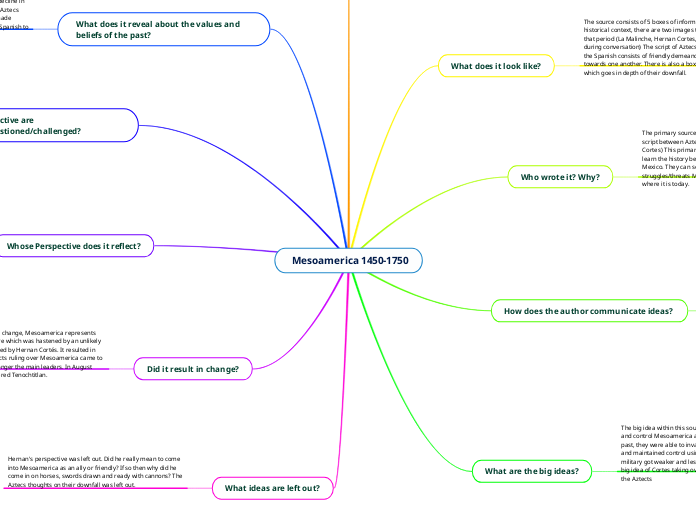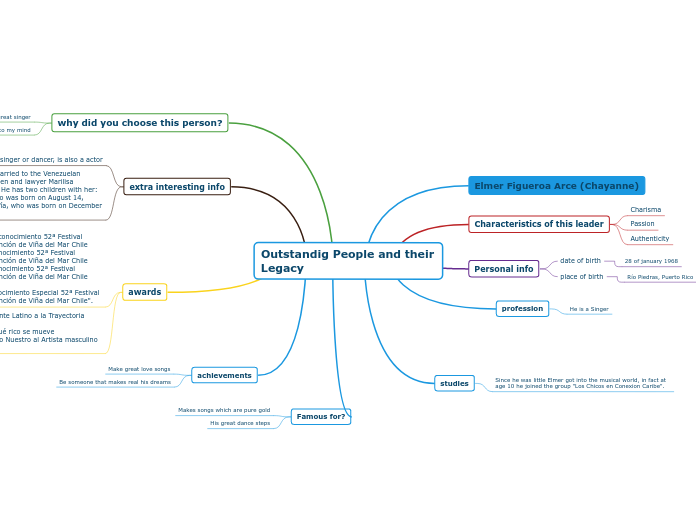Pandanggo is a Philippine folk dance which has become popular in the rural areas of the Philippines. The dance evolved from Fandango, a Spanish folk dance, which arrived in the Philippines during the Hispanic period
DEFINITION OF FANDANGO
Filipino Folk Dance
Spanish Suite
RURAL SUITE
Community-Oriented
farmers
fisherman
Fandango/Pandanggo
balance of candles on the palm
control of candles
''dance of lights"
Subli
use of hats in dance
It is a Catholic devotional practise (often described as a "prayer") honouring the Holy Cross of Alitagtag (Tagalog: Mahál na Poóng Santa Krus) traditionally done in May, the month in which Roodmas fell before the General Roman Calendar was revised by Pope John XXIII in 1960.
Magalatik
DEFINITION OF MAGALATIK
mock-war dance, originating from the Spanish Regime, depicts a fight between the Moros and the Christians over the prized latik, or coconut meat residue. This dance, originally performed in Biñan, Laguna, is also performed as a tribute to the patron saint of farmers, San Isidro de Labrador. Maglalatik is a four-part performance: the palipasan and the baligtaran showing the intense combat, and the paseo and the escaramusa, the reconciliation. The Moros of this dance usually wear red trousers, while the Christians don blue trousers. All of the men use harnesses of coconut shells positioned on their backs, chests, hips, and thighs.
costume
vest that hangs more than 4 or 6 coconut shell halves
usually danced by male dancers
coconut dance
Movement
Hitting one coconut shell with another sometimes
the ones on the hands, sometimes the ones on the
body and sometimes even the ones on another dancer
coconut shells to make music
TRIBAL SUITE
untouched by westerners
BLIT B'LAAN
courtship dance of the Bilaan of Davao del Sur imitating forest birds during the mating season. Two richly-plumed male birds eye three female birds. The females scurry to safety, burying their heads under their wings (represented by the malong, a tubular cloth), but the aggressive males follow them wherever they go.
DUGSO DANCE
Bukidnon from northeastern Mindanao perform this dance as an entertainment for the deities, to make them feel more comfortable during the fiesta that has been organized for them and consequently more often to the requests of the celebrants. It was originally thought that this dance was performed only during harvest time or upon the birth of a male heir. Women would wear colorful feathered head dresses, plaid costumes and anklets. They would step rhythmically around a bamboo arch decorated with newly-gathered palay (rice stalks) and corn, and their movements are emphasized by the tinkling sounds from the anklets.
EGOTASTIC SUITE
north
SPANISH SUITE
MARIA CLARA
Aray is a dance whose words are sung in "Chabacano-ermitense," a hybrid of Spanish that was only spoken in the Ermita district before the turn of the century and today is extinct. The dance itself is a flirtatious one that involves graceful use of the pañuelo, or shawl, and tambourines. Aray means "ouch" in Tagalog.
influenced by
Religion
Christianity+Catholic
MUSLIM SUITE
south
SINKIL DANCE
takes its name from the bells worn on the ankles of the Muslim princess. Perhaps one of the oldest of truly Filipino dances, the Singkil recounts the epic legend of the "Darangan" of the Maranao people of Mindanao. This epic, written sometime in the 14th century, tells the fateful story of Princess Gandingan, who was caught in the middle of a forest during an earthquake caused by the diwatas, or fairies of the forest. The criscrossed bamboo poles represent the trees that were falling, which she gracefully avoids. Her slave loyally accompanies her throughout her ordeal. Finally, she is saved by the prince. Dancers skillfully manipulate apir, or fans which represent the winds that prove to be auspicious. Royal princesses to this day in the Sulu Archipelago are required to learn this most difficult and noble dance.
There are other versions of Singkil. Perhaps the version more widely performed by dance companies is the "Garden Singkil." The story goes that the princess goes into her garden, accompanied by her slave, and plays with the butterflies, which are represented by the fan dancers. The movements of the fans supposedly represent those of the butterflies, as opposed to the diwatas. In another popular version, the prince uses a scarf instead of a sword.









